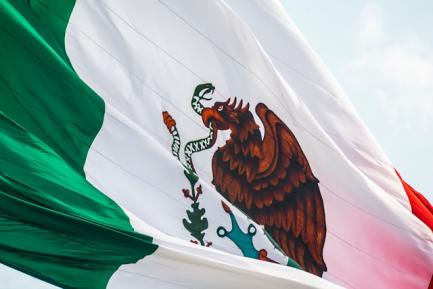The expansionary cycle in the emerging economies: something old, something new and something borrowed
After several sluggish years by their own standards, the emerging economies’ growth rates have once again started to speed up. The first hesitant signs of this turnaround could be seen in 2016, becoming much more evident in 2017. Emerging growth rates are now expected to consolidate at around 5% over the next few years. But apart from the actual growth figure, what kind of expansionary cycle is likely for these economies? In order to answer this question, we have compared the current upswing in growth, which is expected to last until 2020, with two precedents: the expansion from 1983 to 1988 and the one from 2001 to 2007. And we predict that, as the saying goes for brides, this cycle will be wearing something old, something new and something borrowed.
Let us begin with the different aspects of this cycle; the «new» part of the saying. First of all, in terms of intensity, which can be estimated using the average growth for the whole expansionary period in question, the current boom is clearly less dynamic than in the first decade of the millennium but slightly more dynamic than the boom in the 80s. This view alters, however, when the strength of the recovery is taken into account, measured by the acceleration in growth. Between 2015 and 2020 GDP growth is expected to speed up by 0.8 pp while this rate was 2.8 pp between 1983 and 1988 and almost 5 pp in the first decade of the 2000s. In other words, the current expansion is less «emerging», with high but not exceptional growth rates.
A second new aspect can be seen when we look at the relative contribution of the two broad types of emerging country: commodity exporters and the rest. Although the exporter group is recovering in growth intensity terms, they are still far behind the rest of the emerging economies. This was not the case in the previous expansionary periods. Another new aspect of the current expansion is the high degree of synchronisation of emerging growth with the global cycle. Estimating the deviation between emerging and global GDP growth (see the chart for details of this calculation), it can be seen that the current cycle’s degree of synchronisation is the greatest since 1980.
These changes in the nature and synchronisation of growth are new. So what is the «something old» we mentioned? One aspect observed in all emerging expansions is that these are still, from the perspective of advanced economies, very dynamic, resulting in GDP growth differentials between emerging and developed economies that are extremely favourable for the former.
Another repeated aspect is that successive emerging cycles reflect a particular far-reaching structural change, namely Asia’s full consolidation as the most dynamic region in the emerging bloc. In the 80s boom, Latin America and Asia made similar contributions to total emerging GDP growth. However, between 2001 and 2007 Asia contributed twice as much as Latin America (even though these were very good years for the American continent). Finally, in the current cycle, in which Latin America is only expected to achieve moderate growth, Asia’s contribution will be four times that of Latin America. Regarding the rest of the emerging regions, Africa has remained almost stable in terms of its contribution to emerging GDP growth while the contributions made by emerging Europe and the Middle East are decreasing cycle by cycle.
Lastly, what is the «something borrowed» we mentioned at the beginning? Here we are naturally thinking of the extraordinarily accommodative global monetary conditions. To all intents and purposes, this has acted as a loan for the emerging economies. As can be seen by the considerable rise in external debt of many of these countries, they have taken full advantage of the accommodative financial conditions to secure a large amount of financing under highly favourable conditions. It is true that previous emerging expansions occurred after the global benchmark interest rate, i.e. the US rate, had been cut but this cannot be compared with the current situation. Such conditions will undoubtedly be a key factor in gauging whether the outlook for the emerging economies’ cycle looks robust. This Monthly Report will therefore monitor such developments closely. We must also remain synchronised. Stay tuned to us for more information.



